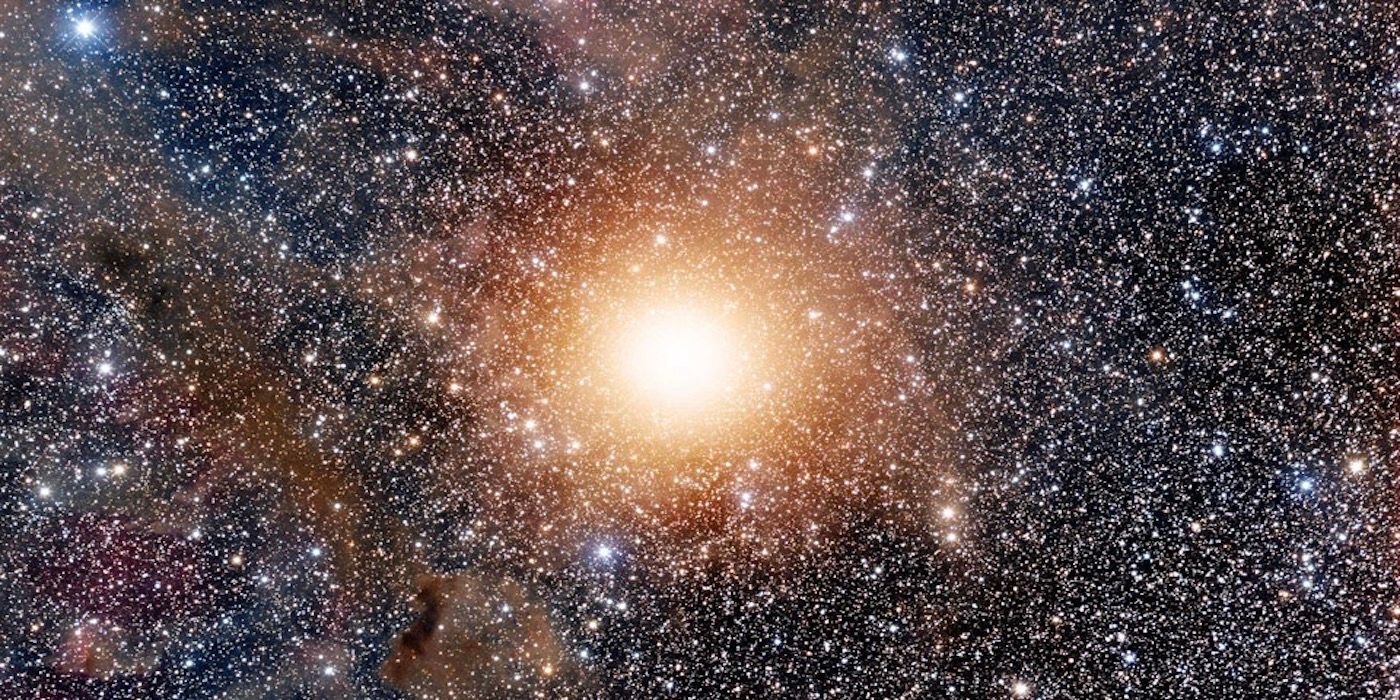New data from NASA’s Hubble Space Telescope and other observatories reveals that Betelgeuse—a red supergiant 1,400 times larger than our sun—weathered an unprecedented Coronal Mass Ejection (CME) in 2019, from which the star is still recovering. Betelgeuse is a perennial bright spot in the constellation Orion, but astronomers and casual stargazers alike noticed it dim dramatically a few years ago. In the intervening years there has been a great deal of speculation about the cause of the shift, but insufficient data to explain it with any certainty.
A CME is when a star blasts off part of its unstable outer atmosphere (known as the corona). Our sun experiences CMEs with relative frequency, which can have consequences for Earth and its inhabitants. CMEs expel plasma and magnetic fields into space at speeds that can reach more than 1,800 miles per second, which means that their disturbances can sometimes reach Earth in a matter of only hours. When a CME takes place on the side of the sun facing Earth, it can disrupt and damage satellites and power grids on Earth and can occasionally pose a threat to in-orbit astronauts.
The new findings clarify the extraordinary reason Betelgeuse dimmed in 2019. As the mass that was expelled from the star burst into space, it cooled and formed a cloud of cosmic dust that obscured Betelgeuse’s light for those watching from Earth. What’s more, Betelgeuse’s famously consistent pulsation pattern has been disrupted. The CME on Betelgeuse is novel because it blew off 400 billion times as much mass as the typical CME and left the star quaking, according to a NASA press release, “like a plate of gelatin dessert.” Andrea Dupree, an astrophysicist at the Center for Astrophysics, speculates that as the photosphere—what we see as the surface of a star—labors to rebuild itself, the star’s interior convection cells may be in chaotic disarray. The star has lost its regular rhythm, which astronomers have tracked for the past 200 years.
The Death Throes Of A Dying Star?
Image Credit & Copyright: Adam Block, Steward Observatory, University of Arizona“”>

All red giant stars like Betelgeuse are dying, and the ability to watch the process promises to teach scientists a great deal about stellar evolution. Most stars in the universe are driven by nuclear fusion, which eventually burns out, setting off a cascade of fascinating stellar shifts before a star eventually dies completely. Betelgeuse’s eruption may help astronomers better understand how red stars lose mass in their end days before burning out in a brilliant supernova. As Dupree notes, “We’ve never before seen a huge mass ejection of the surface of a star. We are left with something going on that we don’t completely understand. It’s a totally new phenomenon that we can observe directly and resolve surface details with Hubble. We’re watching stellar evolution in real time.” Whether this event means Betelgeuse is about to explode into a supernova, however, remains up for debate. NASA cautions that because the findings are so unique, it’s not certain that this is the end of Betelgeuse. Even if it is, while red supergiants die quickly by cosmic standards, cosmic time is epic: NASA estimates that Betelgeuse will detonate sometime in the next 100,000 years.
In the meantime, scientists are enthusiastic about the opportunity to stand witness to Betelgeuse’s titanic eruption and recovery. While the Hubble will continue to observe the star, NASA’s James Webb Space Telescope may be able to track the ejected Betelgeuse material as infrared light as it makes its way through the universe.
Sources: NASA




